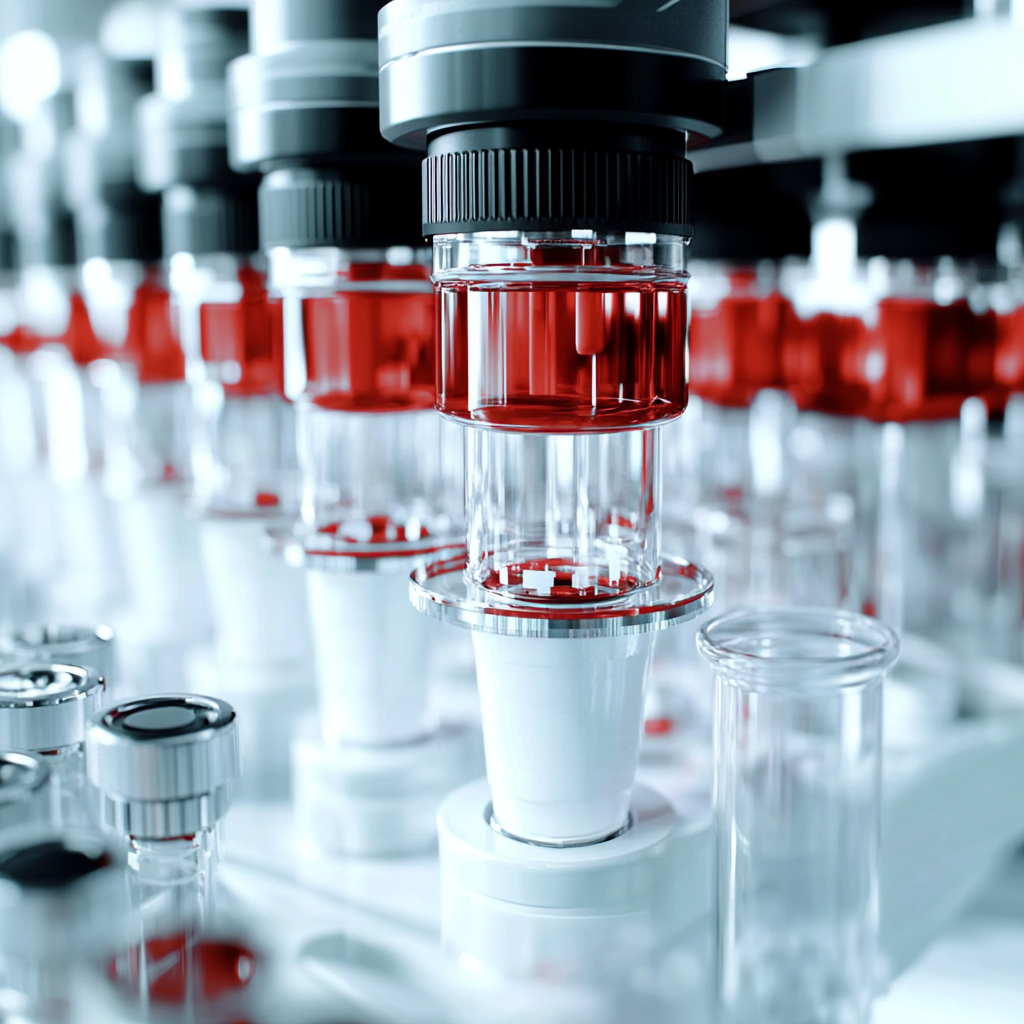Clin Oral Investig. 2025 Sep 11;29(10):445. doi: 10.1007/s00784-025-06487-y.
ABSTRACT
OBJECTIVES: Postoperative pain remains a significant concern in endodontics. The main aim of this clinical trial was to assess the impact of various obturation technique and sealer types on post-obturation pain and sealer extrusion in single-visit nonsurgical root canal treatments.
MATERIALS AND METHODS: Study participants were recruited through consecutive sampling from patients referred to the Endodontic Department, Faculty of Dentistry, Institution University, diagnosed as asymptomatic irreversible pulpitis. The study was conducted on 150 cases that were equally and randomly allocated to each of the studied groups (30 for each group) as following; Group 1 — cold lateral compaction with CeraSeal (CLC-CS); Group 2 — continuous wave compaction with CeraSeal (CWC-CS); Group 3 — single cone technique with CeraSeal (SC-CS); Group 4 — Cold lateral compaction with AH Plus (CLC-AH); and Group 5 — continuous wave compaction with AH Plus (CWC-AH). All endodontic procedures were performed by a single experienced endodontist to standardize treatment protocols. The main outcomes were the post-obturation pain which was assessed using a visual analog scale (VAS) scale (0-10), and the incidence of sealer extrusion among the studied groups.
RESULTS: At 6, 24, and 72 h the postobturation pain score did not differ significantly between all studied groups. After 12 and 48 h CWC-CS and CLC-CS showed the lowest significant postobturation pain score respectively, and CWC-AH had the most significant postobturation pain score. During the study, none of the patients needed an emergency visit, the pain score was ranged from (0:1.4). Within the same group, the pain intensity began to significantly decrease for gp1 (CLC-CS) after 24 h, for gp3, gp4, and gp5 (SC-CS, CLC-AH, and CWC-AH, respectively) after 12 h, and for gp2 (CWC-CS) after 6 h. After 72 h, the level of pain in each group was around 0. Regardless of the type of sealer used, no significant difference was found between the type of obturation technique and the postoperative pain intensity (p = 0.124), while regardless of the type of obturation technique used, there was a significant difference in postoperative pain intensity and sealer type (p < 0.001). The incidence of sealer extrusion did not differ significantly between the tested groups (p = 0.499), the results showed that the presence of sealer extrusion was associated with higher significant pain score (p < 0.001).
CONCLUSION: The postoperative pain score after Single-Visit RCT for patient diagnosed as asymptomatic irreversible pulpitis was low to moderate pain score, presence of sealer extrusion increased the postoperative pain intensity. Regardless the type of sealer, different obturation techniques did not associated with postoperative pain intensity, while regardless the obturation technique, AH Plus sealer was associated with higher postoperative pain intensity than CeraSeal sealer. Postoperative pain was related to presence of sealer extrusion.
PMID:40931202 | DOI:10.1007/s00784-025-06487-y
